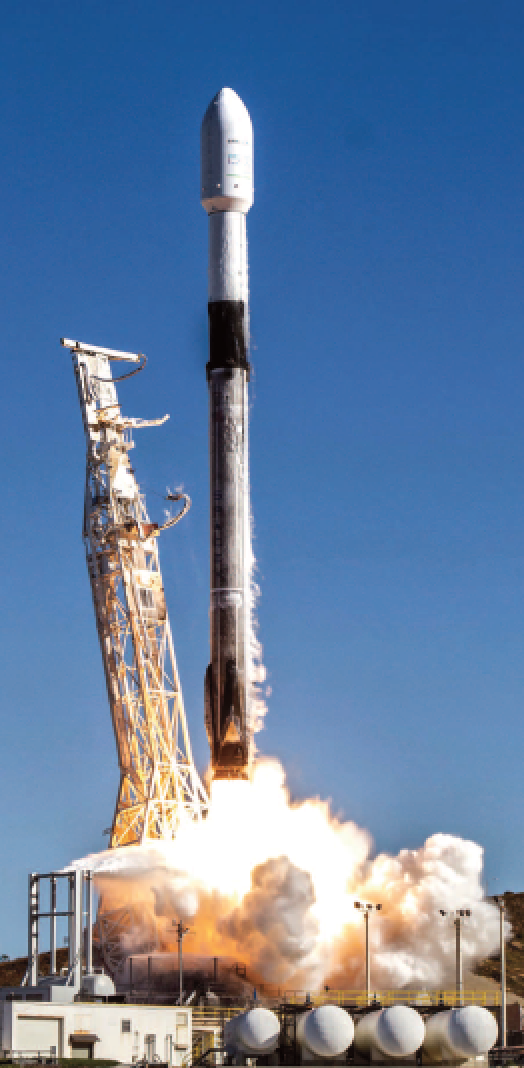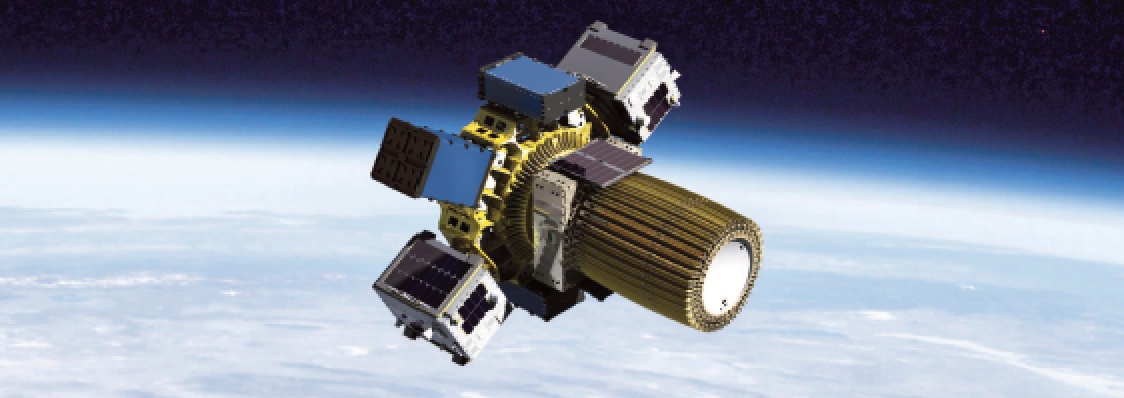During 2020, the pandemic created massive disruptions, halting access to space by causing launch delays, inhibiting teams from progressing the production of satellites and limiting access to launch sites across the globe.
While COVID-19 has generated plenty of unique circumstances, many of the challenges it’s created are similar to those that frequently hinder the prosperity of the space industry. The pandemic simply exacerbated these challenges, generating increased determination to uncover innovative approaches to the launch experience that improve flexibility.
Before the pandemic, a Bryce report found that 100 percent of smallsats on commercial launches during the last five years experienced launch delays in some form. Delays leave satellite developers incapable of getting revenue-generating assets in space on time and unable to validate a satellite’s capabilities, curbing future funding opportunities. No company is immune to delays, so it is critical to establish processes and services that enable flexibility to address these delays.

The space industry has matured with the prevalence of commercial companies, but now problems, such as the impacts of delays, have arisen and there’s a need to innovate further to address these challenges. By leaning into remanifestation, subscription pricing models and on-orbit transportation services, the flexibility required to minimize the impact of unpredictability can be achieved.
Prepare to Remanifest
As the Bryce report makes apparent, delays are inevitable. By not putting all the eggs in one (launch) basket, satellites aren’t bound to a particular vehicle and this is valuable in the case of a delay.

Spaceflight’s SheraFX OTV.
Whether the delay is related to satellite or launch provider readiness, quickly remanifesting to another launch can cut down on delay time and enable satellite developers to manifest a mission that is as close to their desired launch window as possible. The process of moving to a different vehicle swiftly can decrease the unproductive down time on the ground and better protect satellite companies from the uncertainties of the launch market.
In the event that a mission needs to be remanifested, it goes without saying it’s crucial to work with a team of mission management experts who have years of first-hand experience working with a variety of launch vehicles, site locations, and processes.
Consider the Subscription Model
Cash is king across all businesses in every industry. In an industry that is blighted with unpredictability and uncertainty, it is important to seek opportunities that establish consistency when possible. New deal structures that have proven successful in other industries can be applied to space companies. The model that is most likely to see success and provide maximum flexibility is the subscription model.
Leveraging a subscription model provides launchers with predictable visibility into their cash flow and helps them profit from the compounding benefit of customer relationships and commit to exceptional service.
For satellite developers, subscriptions can help preserve a level of schedule stability and certainty. Satellite companies secure a layer of flexibility by obtaining space on various missions rather than just one, permitting the payloads to easily spread across multiple missions to lessen risks. In an industry as unpredictable and uncertain as the space industry, subscription models can provide major benefits to all parties affected by delays.

Spaceflight’s trio of OTV spacecraft.
Use On-Orbit Transportation Vehicles
Flexibility can go beyond the booking and launch process and extend to on-orbit transportation in space. There is new hardware that enhances flexibility, even after a successful launch.
Orbital transfer vehicles (OTVs) are spacecraft that provide on-orbit transportation and can act as smallsat deployers designed to modify orbit coordinates. Generally, launches that cater to a satellite developer’s uncommon orbit destination don’t exist at an affordable price because they need to purchase an entire rocket.
OTVs are suited to enable flexible manifest changes, execute deployment to multiple altitudes and orbital planes, and offer rapid launch solutions. This new, innovative in-space transportation will revolutionize launch options available to the industry, expanding services and capabilities offered while increasing affordability, mission assurance and flexibility.

While launch delays will never disappear completely, flexibility can mitigate the negative impacts they create. Flexibility encompasses a number of moving pieces that have the potential to revolutionize the industry and launch experience.
By planning and preparing for a range of challenges and delays, the industry will be better shielded from the ambiguities and disruptions experienced while trying to get spacecraft on orbit.
spaceflight.com

Author Grant Bonin is Senior VP of Business Development at Spaceflight Inc. As a business development leader, Grant works at the crossroads of engineering, strategy and business development, and oversees Spaceflight’s sales team while working with every team to internally ensure mission success for each customer. Grant has broad industry experience with spacecraft development and launch systems and has dedicated his career to improving access to space. Grant has more than 40 operational spacecraft in orbit and has several more in development slated to launch in the upcoming years.

